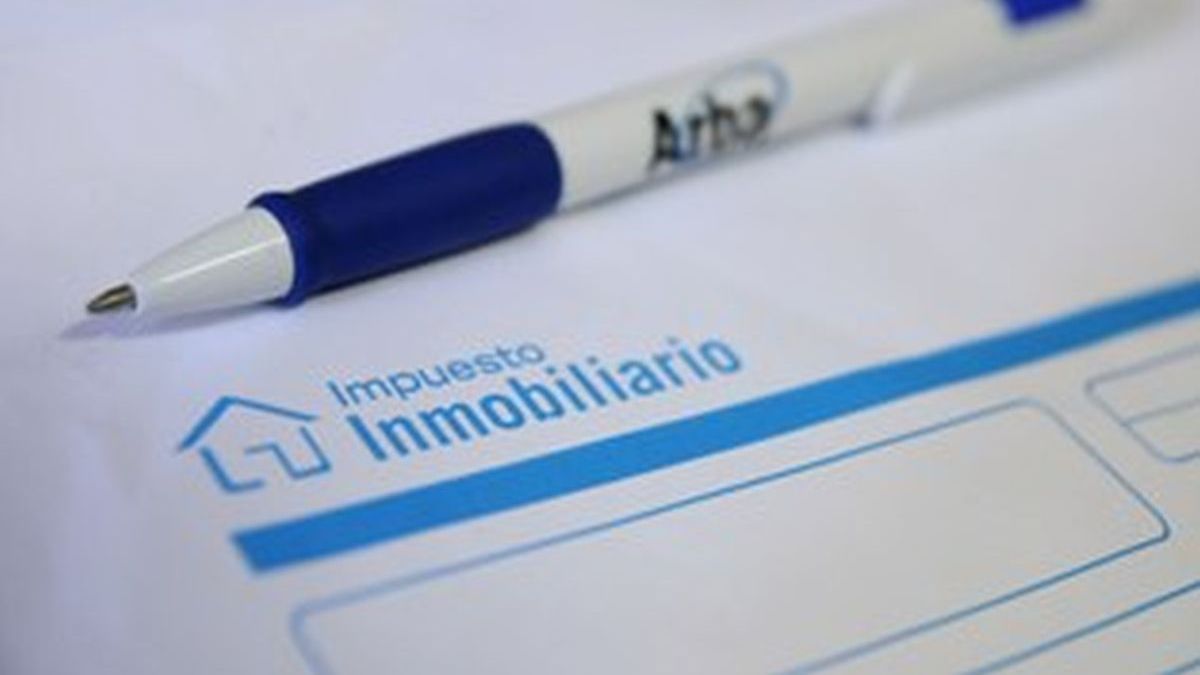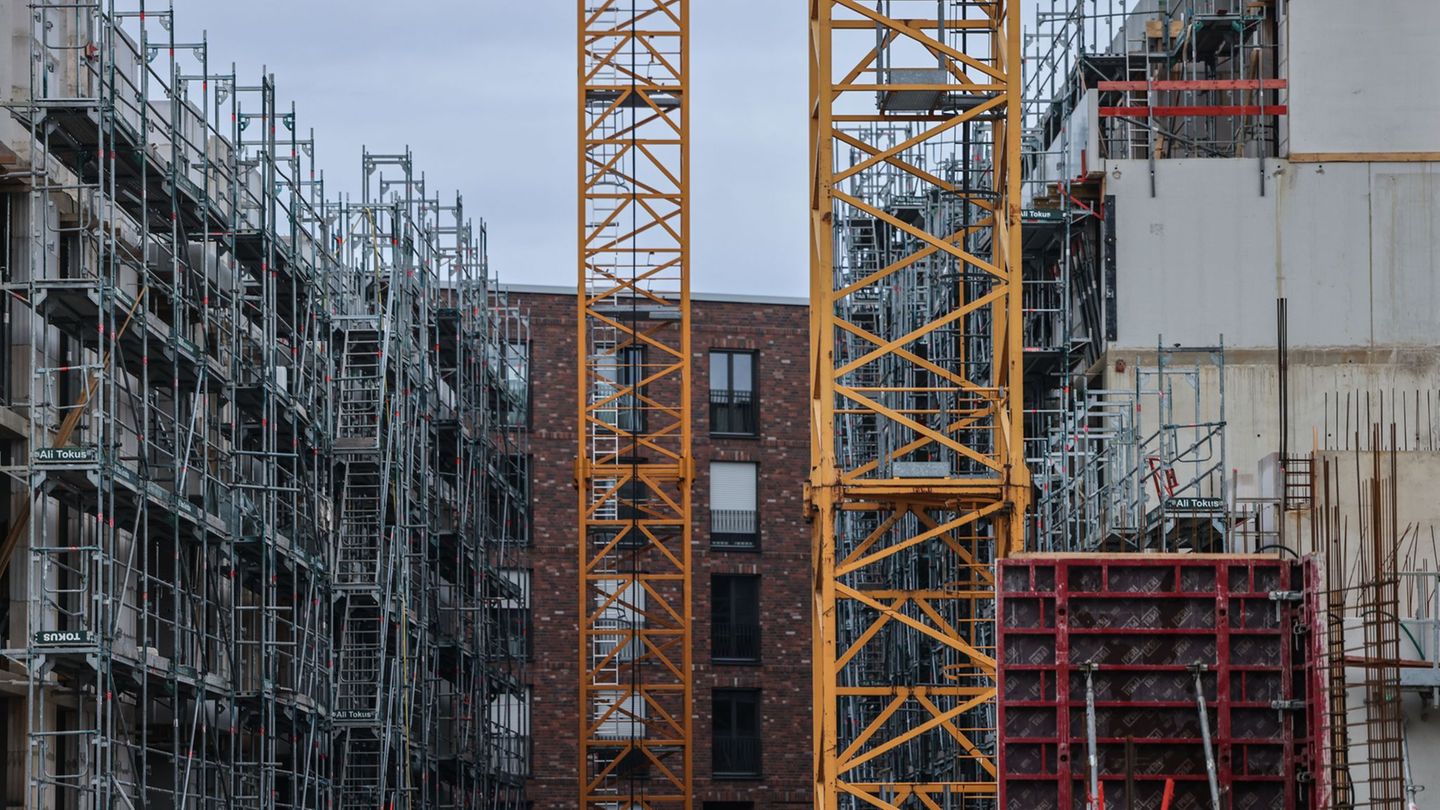Currently, the tax bill for 2025 is being presented to the Buenos Aires legislature for consideration, which contains new real estate tax regulations.
In its articles, art stands out. 9, which refers to the tax base, which prescribes for the real estate tax of the rural plant a coefficient of 16.2065 on the tax valuation of the land free of improvements; while, for buildings and/or taxable improvements, a coefficient of 18.0873 would be applied to the tax valuation. It is worth remembering that the coefficients for the 2024 period, respectively, amounted to 12.0584 and 15.07276, for which an increase of between 15% and 25% is projected.
In turn, art. 10 updates the rural property tax scales to approximately 120% to 134% at the maximum scale, with a tax cap of 28% based on the tax calculated for 2024 plus 5%. That is, ultimately, The cap actually represents approximately 34%, which is 15.7% above projected inflation by 2025 in the national budget bill (18.3%).
It is also worth highlighting art. 163 of the tax bill for 2025, which provides for an update coefficient that is delegated to ARBA and also applies to the automobile tax. This coefficient for updating the tax quotas is not limited by the aforementioned cap. The only limitation is the interest rate that BAPRO receives in 30-day discount operations, increased by 100%. Today we would be facing an average annual rate of 38% with the possibility that, for tax purposes, it could rise to 76%. Therefore, the supposed “cap” of 28%, which in reality is approximately 34%, could be raised to 76% for the purposes of ARBA’s discretionary update.
Meanwhile, art. 19 of the project only provides for the possibility of discretionary bonuses for compliant taxpayers of up to 35% of the tax.
These tricks are not new. The increase in the tax base for 2024 through law 15,479, compared to 2023, had already been approximately 297%. Furthermore, art. 137 of said tax law for 2024 already contemplated the controversial coefficient regulated by RN (ARBA) 8/2024 and 12/2024.
These resolutions of the provincial treasury, in reality, do not establish any index of public access to the taxpayer, but rather the situation continues to be at the discretion of the collecting entity, as seen in its application throughout 2024.
Are these provisions constitutional?
First of all, the update. Without entering into the plausible proposition of the unconstitutionality of its legislative delegation or its own implementation, it should be noted that the underlying characteristic that real estate and automobile taxes have is that the value of the tax base must be that existing on the temporary date defined by the legislation, that is, on January 1 of each year.
Now, by rule of art. 10 of Law 23,928, which could be understood as public order, provincial jurisdictions would be prevented from updating taxes. Under certain circumstances, said reasoning has been validated by the Supreme Court of Justice of the Nation (Rulings: 344:936, among others).
This would imply that, once the taxable event has occurred, the amount of the real estate tax could not be modified by a monetary update, even if the taxpayer has opted to pay the obligation in installments.
Likewise, from the perspective of the guarantee of non-confiscatoriality, objections could also arise. The impact on income may be a consequence of a tax or a sum of taxes from the same state level – direct horizontal confiscation.
In the case of the province of Buenos Aires, agricultural exploitation is subject to different charges (real estate and additional real estate on rural property; patents on certain vehicles and machinery). But direct vertical confiscation can also be generated, where more than one state level impacts the taxpayer’s income or assets that produce it (provincial, the aforementioned impositions; municipal, the road network rate; national, personal assets on the net assets of agricultural exploitation, excluding rural property).
To evaluate a possible confiscatory effect in a specific case, it is necessary to demonstrate that the real estate tax – or the sum of taxes – absorbs a portion of the capital for more than 33% of the income of the properties (actual or potential), affecting the property right enshrined in article 17 of the National Constitution (Rulings 187:234; 314:1239; 312:2467; 183:319, among others).
Other factors must be taken into consideration as well. The increase that this project ultimately brings is inserted in a context where agricultural producers suffer a high cost of inputs, added to the other national, customs and municipal taxes they bear, and the high cost of leases. .
In that order, producers, due to the particularities of the markets in which they operate, do not have the capacity to impose price changes. For example, grains come from the Cereal Exchanges of Buenos Aires, Rosario, Bahía Blanca, among others, with a price reference in the Chicago Market.
Final words
From this perspective, it is already evident that this tax bill for 2025 represents a considerable increase in the property tax burden.with a high risk of discretion on the part of ARBA in the application of coefficients that taxpayers are unaware of, in a context that is inherently unfavorable. This situation could eventually motivate the need for a judicial review of each specific case.
Lawyer. Tax Litigation Department of Lisicki Litvin & Asoc
Source: Ambito
I am a 24-year-old writer and journalist who has been working in the news industry for the past two years. I write primarily about market news, so if you’re looking for insights into what’s going on in the stock market or economic indicators, you’ve come to the right place. I also dabble in writing articles on lifestyle trends and pop culture news.



